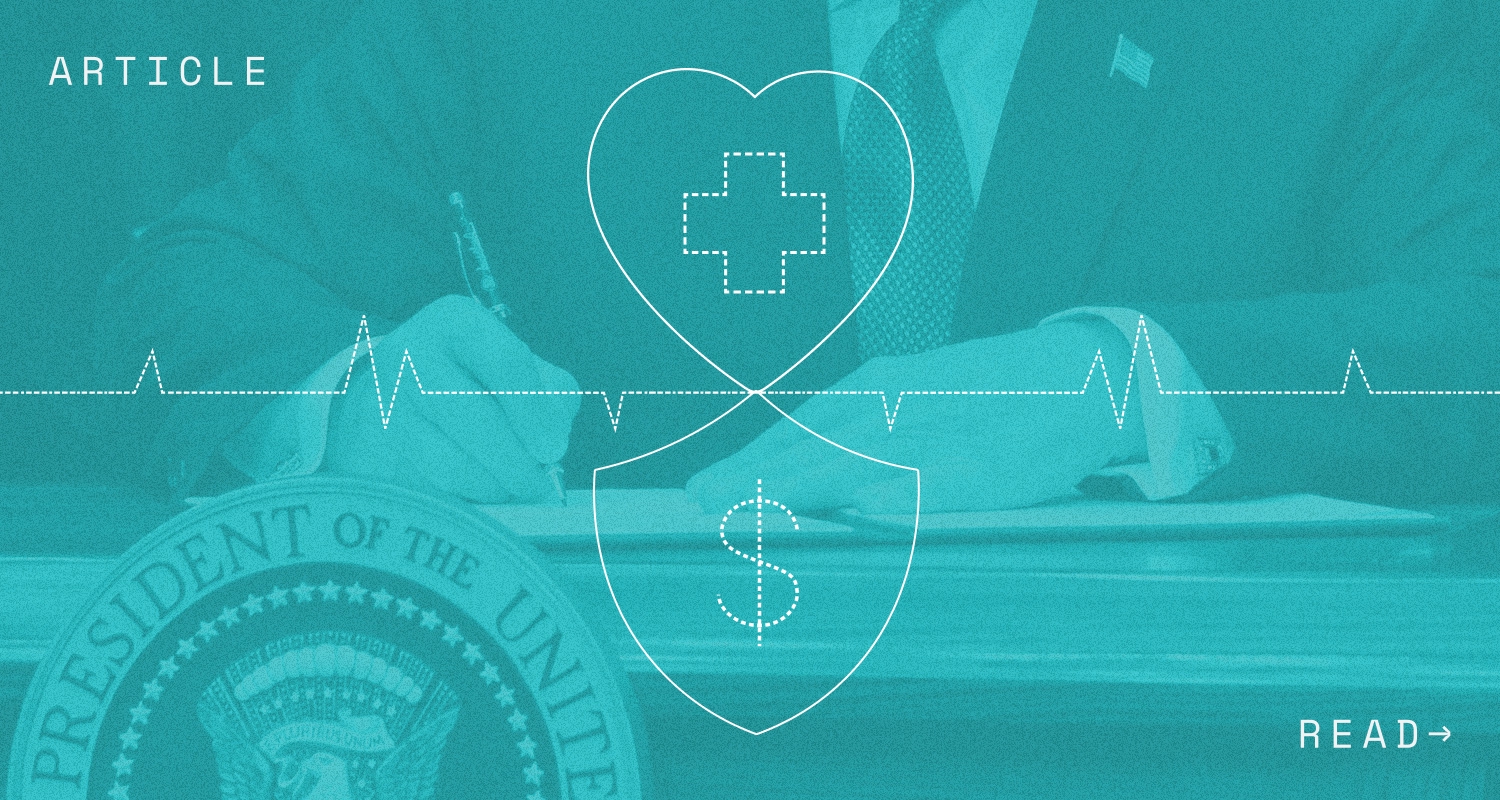On April 30, 2021, the Centers for Medicare and Medicaid Services (CMS) released part 2 of the 2022 Notice of Benefit and Payment Parameters Rule (“Final Rule”). Though the Final Rule is mostly directed at insurers and Exchange regulators, employer health plans may be indirectly impacted by the changes in the Final Rule. Below, we review the most notable changes employers should be aware of.
COBRA Subsidies and Exchange Special Enrollment
The Final Rule expands opportunities for individuals to sign up for health coverage through the Exchange outside of the annual open enrollment period. Most notably, individuals and dependents enrolled in COBRA coverage who are receiving employer or government subsidies (e.g., American Rescue Plan COBRA subsidies) will now be eligible for a special enrollment period onto the Exchange when their subsidies cease. These individuals will have 60 days after the last day of the subsidized COBRA coverage to enroll.
Prior to the Final Rule, there were no specific regulations that allowed individuals to enroll onto the Exchange after an employer-provided COBRA subsidy ended. As a result, terminated employees who received an employer subsidy and enrolled in COBRA would be forced to continue COBRA coverage or have a gap in coverage until the next Exchange annual enrollment period if they hadn’t secured other employer-sponsored coverage by the time the subsidy ended. The Final Rule eliminates this potential issue by requiring a special enrollment under these circumstances.
Maximum Out-of-Pocket Costs
Annually, CMS determines the “premium adjustment percentage,” which is used, among other things, to determine the maximum annual limit on cost sharing and annual increase to employer penalties for non-compliance with the Affordable Care Act (ACA) Employer Mandate (often referred to as the “employer shared responsibility payment”). For 2022, CMS used a prior methodology to calculate the premium adjustment percentage, which resulted in a lower percentage than in 2020 and 2021. The lower adjustment percentage means a relatively lower increase to the annual limit on out-of-pocket costs and employer mandate penalties compared to prior years.
Based on the 2022 premium adjustment percentage, the 2022 maximum annual limitation on out-of-pocket costs are as follows:
| 2022 | 2021 | |
| Self-Only Coverage | $8,700 | $8,550 |
| Other than Self-Only Coverage | $17,400 | $17,100 |
Medical Loss Ratio (MLR) Calculations
As discussed in our prior blog, beginning with the 2022 MLR reporting year, carriers are required to deduct prescription drug rebates and other price concessions received from their pharmacy benefit managers (PBMs) from “incurred claims” when calculating MLR rebates. As a reminder, the ACA requires carriers to issue a MLR rebate to employers with fully insured plans if the carrier did not spend a certain percentage of the plan’s premiums on health care services (which is determined by comparing a plan’s incurred claims to premiums paid on the plan).
The 2022 Final Rule amends the definition of prescription drug rebates and other price concessions to include all remuneration received by or on behalf of entities providing services to the insurer that decrease the costs of a covered prescription drug, regardless of who the remuneration is received from (whether a manufacturer, wholesaler, retail pharmacy, or vendor). In addition, the Final Rule permits insurers to pre-pay estimated MLR rebates at any time during the year.
These changes will increase the likelihood MLR rebates will be paid to employers and may mean employers will receive rebates earlier in the year.




